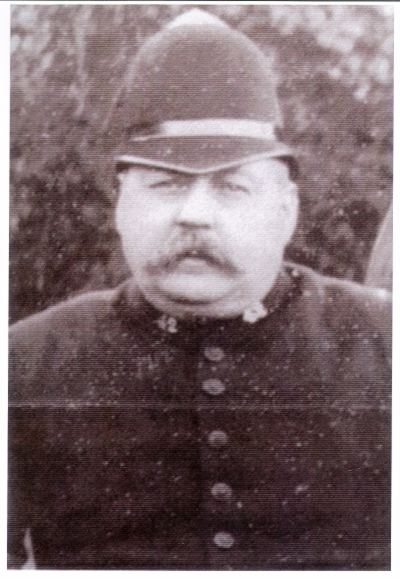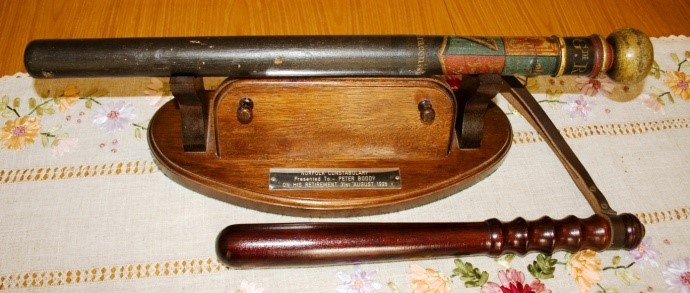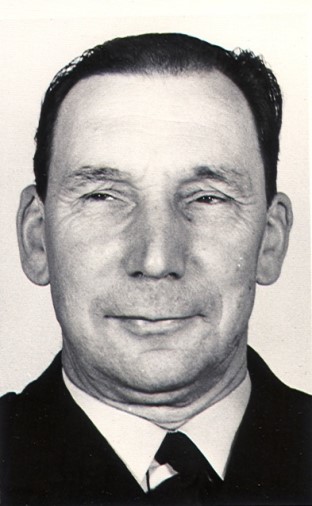When Forncett had its own Constable
It's oft-lamented that "we never see a policeman around here !" but of course there was a time when every village, including Forncett, had its own local bobby.
In 1839, the Rural Constabulary Act allowed counties to establish police forces, if they chose to, at a local level. Norfolk was one of the earliest counties to take this up and the Norfolk constabulary was started in January 1840. By 1851 there were around 13,000 policemen in England and Wales, although existing law still did not require local authorities to establish local police forces.
In the 1841 census we find that Forncett had its first police constable. Samuel Woodhouse, who was born in Norwich in 1804, was living with his family in Forncett End close to what was then the Horseshoes pub on Long Stratton Road. Understandably, the village bobby was never a local man, and they appeared to have been moved quite frequently, so that every census records a different police constable. Likewise, for many years, there apparently wasn't a designated police house and the bobby and his family rented accommodation in different parts of the parish. However, sometime between 1881 and 1891, a cottage in Forncett End became the "police house". The cottage, now called Maple Cottage, was then home to the Forncett police constable and his family until at least 1921.

In 1901 the occupant of Maple Cottage was PC42 John Royal who was born in Northwold, between Thetford and Kings Lynn. As a young man he served in the army in India, becoming a police constable in his thirties, and serving in Forncett around 1900 to 1904. He certainly looks a formidable character!
Policemen serving locally would have received an appropriately decorated truncheon similar to the one illustrated here from Bracon Ash, presented to a retiring officer. The difference in size of the 19th to the mid-20th century one is quite striking.

The job of the rural police constable must have been somewhat routine. In a village the size of Forncett the P.C. could know pretty well everyone, and a trawl of contemporary newspaper articles reveals that Forncett's crime scene involved such things as petty theft, poaching, vandalism, drunkenness, drinking after hours, illegal gambling and dealing with escaped cattle!

Norwich Mercury 27 March 1852

Diss Express 16 Mar 1906

Diss Express – 22 November 1940
However, the constable wasn't always totally sober himself as recounted by Vic Smith in my article on Forncett cider.
We don't know exactly when Maple cottage ceased to be the Forncett police house but in 1934 James Humphreys married Violet Cator and they appear to have made the cottage (then called Holm-Mede) their home. In 1939, the village bobby, John Stephens, was living in Council Cottage No.3 at the top of Mill Lane. Then, in August 1949, work started on the building of a dedicated police house at the bottom of Mill Road, opposite the church. However, due to shortage of bricks in those post-war years, building had to be halted until March 1950 and it was finally completed in September 1950.

The first occupant was PC143 John Stringer and his wife, Doreen. John was born in Great Yarmouth in 1914.

John Stringer left Forncett in January 1958 to be replaced by our last police constable, PC22 William Graver who served until 1968. So ended the era of the village policemen who had been part of Forncett society for a total of 138 years!
With thanks to John Webster who carried out some of the original research for this article back in 2016.
